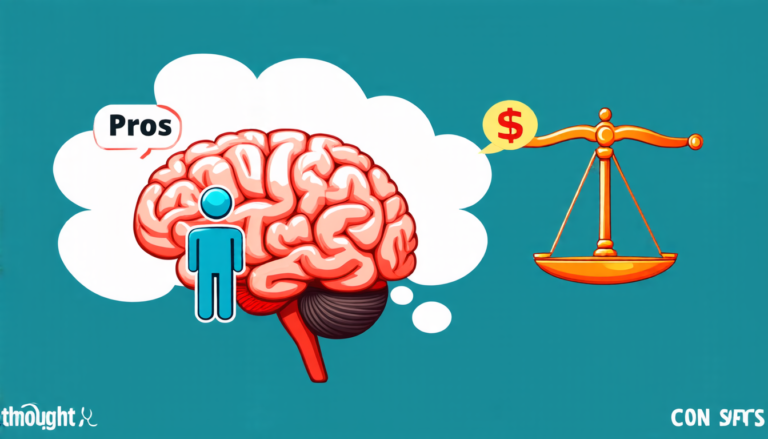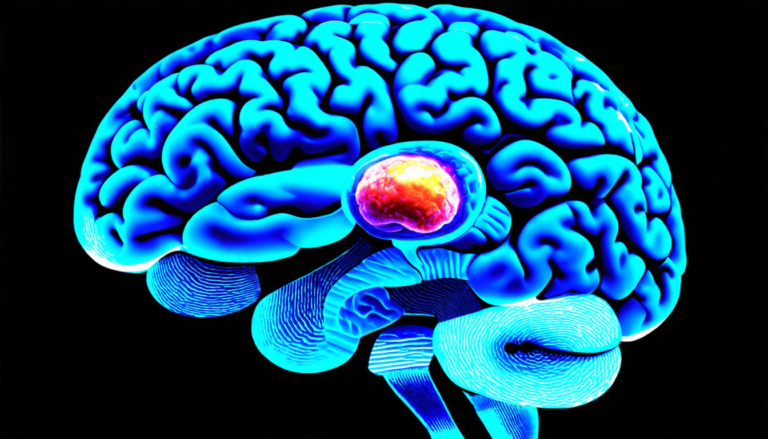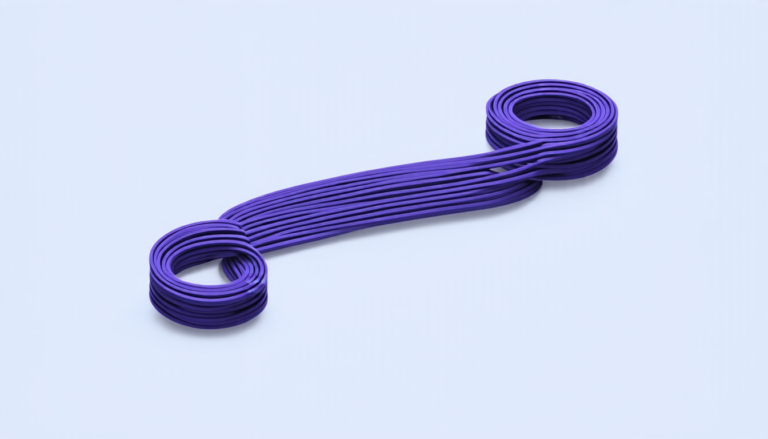Wednesday 16 April 2025
Scientists have made a significant breakthrough in developing a new method for compressing complex neural networks, which could lead to faster and more efficient processing of images and videos on devices like smartphones and computers.
The research focuses on Spiking Vision Transformers (SViT), a type of artificial intelligence model that has shown impressive results in image recognition tasks. However, SViT models are typically large and computationally expensive, making them difficult to deploy on resource-constrained devices.
To address this issue, the scientists developed a novel methodology called QSViT, which systematically applies quantization techniques to reduce the precision of calculations performed by the SViT model. By doing so, they were able to shrink the memory footprint of the model and reduce its computational requirements.
The researchers tested their approach on a popular image recognition dataset, known as ImageNet, and found that the quantized SViT model achieved an accuracy within 2.1% of the original non-quantized model. This is a significant achievement, considering that the compressed model required significantly less memory and processing power than its original counterpart.
The benefits of QSViT are numerous. For one, it enables the deployment of complex AI models on devices with limited resources, such as smartphones or embedded systems. This could open up new possibilities for applications like autonomous vehicles, smart home devices, and wearable technology.
Additionally, the reduced computational requirements of the quantized model make it more energy-efficient, which is crucial for battery-powered devices. According to the researchers’ estimates, QSViT can reduce power consumption by as much as 21.33%.
The potential impact of QSViT goes beyond just improving AI performance on resource-constrained devices. The methodology could also lead to new advancements in the field of neuromorphic computing, which aims to develop hardware and software that mimics the human brain’s efficient processing capabilities.
In short, the development of QSViT represents a significant step forward in the quest for more efficient and deployable AI models. As researchers continue to refine this technology, we can expect to see even more innovative applications emerge in the future.
Cite this article: “Quantizing Spiking Vision Transformers: A Novel Framework for Efficient Neuromorphic Intelligence”, The Science Archive, 2025.
Artificial Intelligence, Neural Networks, Image Recognition, Quantization, Compression, Computer Vision, Spiking Transformers, Neuromorphic Computing, Energy Efficiency, Embedded Systems.







